Images in this article are courtesy of Blue Green Planet Project.
Land restoration is often critical in the aftermath of natural disasters. Tree Canada, through its Operation ReLeaf program, has been at the forefront of supporting recovery efforts across the country since 1996.
This year, Operation ReLeaf has contributed funding to a significant reforestation initiative led by the Blue Green Planet Project (BGPP). The project aims to rejuvenate the territories of treaty 5 in the Manitoban boreal forest, which was devastated by wildfires in 2021.
Restoring the Land
Blue Green Planet Project, in collaboration with Nekoté Limited Partnership and Summit Reforestation, has embarked on a mission to restore the boreal forest in the Interlake Region of Manitoba. After the wildfires in 2021 the area was left barren. In a monumental effort, two million native jack pines and black spruce were planted this spring, with Tree Canada’s Operation ReLeaf program funding 76,000 of these trees.
The restoration of the Manitoban boreal forest offers extensive benefits, including improved watershed function, increased wildlife habitat, and significant carbon sequestration.
BGPP is a collective of tree planters sharing the same desire to give back by planting trees. Their goal is to plant 30 million trees in the Devils Lake region by 2030. They are also beginning a project in the community of Shoal Lake, with the goal of planting 3.3 million trees by 2027. The organization is involved in the entire lifecycle of their projects, from project development to securing funds to coordinating the planting of the trees.
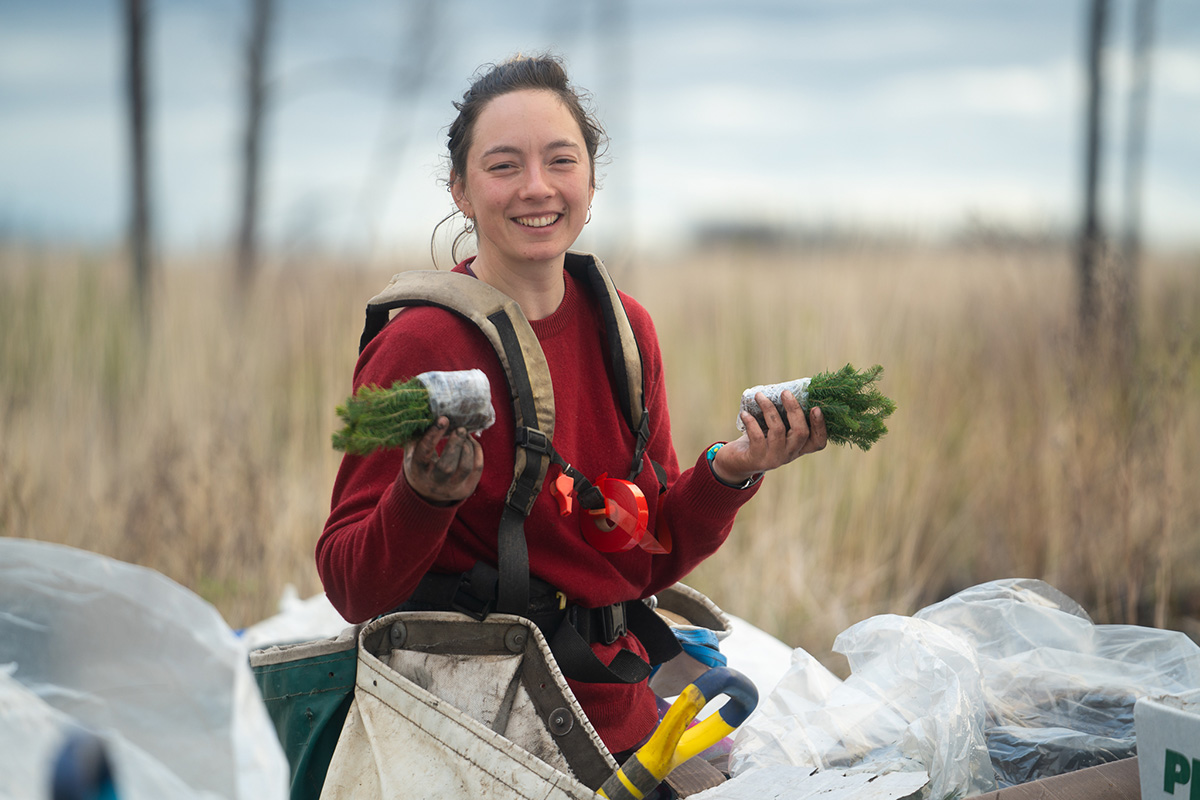
Project Manager for BGPP, Farron Sharp, highlights the organization’s grassroots ethos: “initiated by tree planters, operated by tree planters.” This approach reflects a profound dedication of these professionals to both the land and its future.
Sustaining such large-scale endeavors relies heavily on the partnerships established along the way. Financial backing from programs like the 2 Billion Trees initiative and collaborations with non-profits and Indigenous communities, such as Nekoté Limited Partnership, have made their work possible.
“We sought out partners who shared our vision,” Farron notes. “Tree Canada recognizes the cultural and environmental importance of these projects to Canadians.” Tree Canada’s mission is to inspire, educate, and enable Canadians to care for their natural environments, making a significant impact through cooperative efforts.
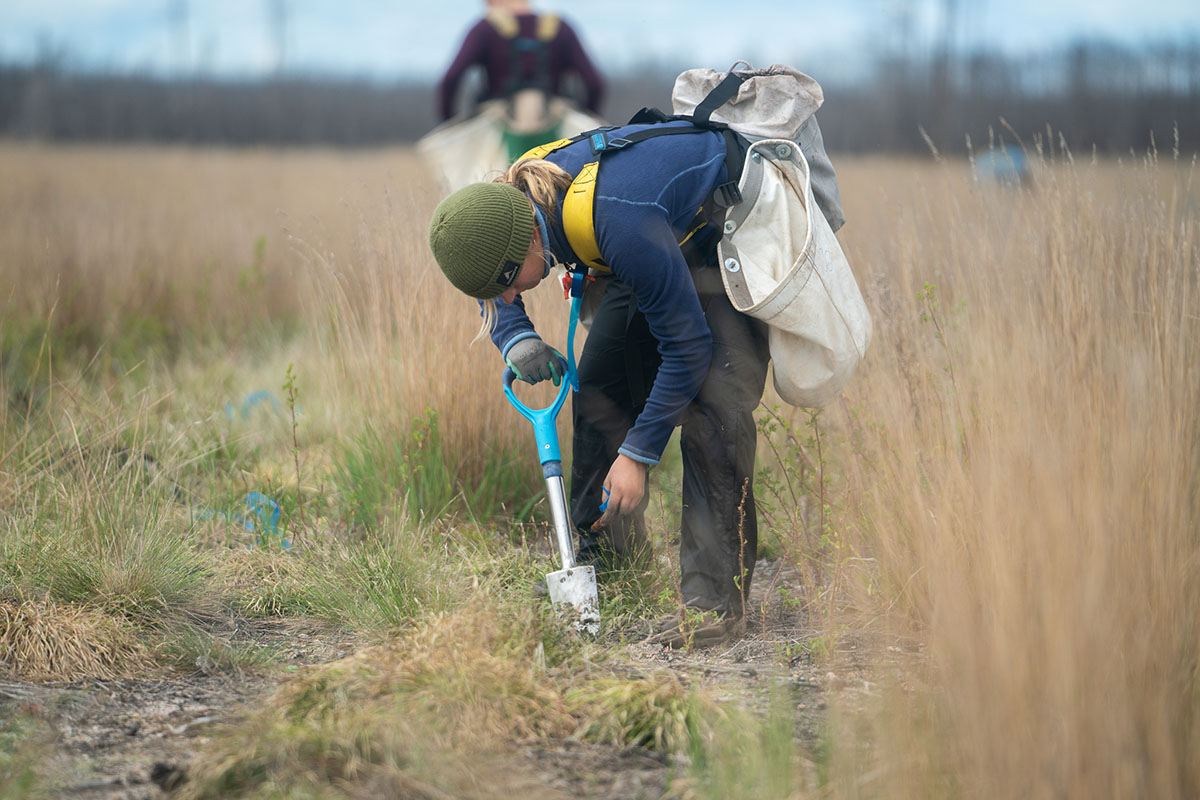
Committed to Social Responsibility
Community involvement has been a cornerstone for the Blue Green Planet Project. “This year marks a significant achievement,” Farron shares, “with 7 First Nations planters joining our efforts—a clear indication of our growing community impact.” The project’s objectives extend beyond reforestation; they include fostering self-reliance within these communities and potentially paving the way for Indigenous-owned forestry enterprises.
Nekoté Limited Partnership is an Indigenous-run and owned partnership between Chemawawin Cree Nation, Mathias Colomb Cree Nation, Misipawistik Cree Nation, Mosakahiken Cree Nation, Opaskawayak Cree Nation, Sapotaweyak Cree Nation and Wuskwi Sipihk First Nation. They saw this reforestation project as an opportunity for community empowerment through training and employment. Blue Green Planet Project’s partnership with Nekoté Limited Partnership aims to establish a sustainable model where the community can eventually run its own planting company, further strengthening local economies and stewardship.
“This effort goes beyond planting trees,” Farron emphasizes. “It’s about instilling hope for future generations.”
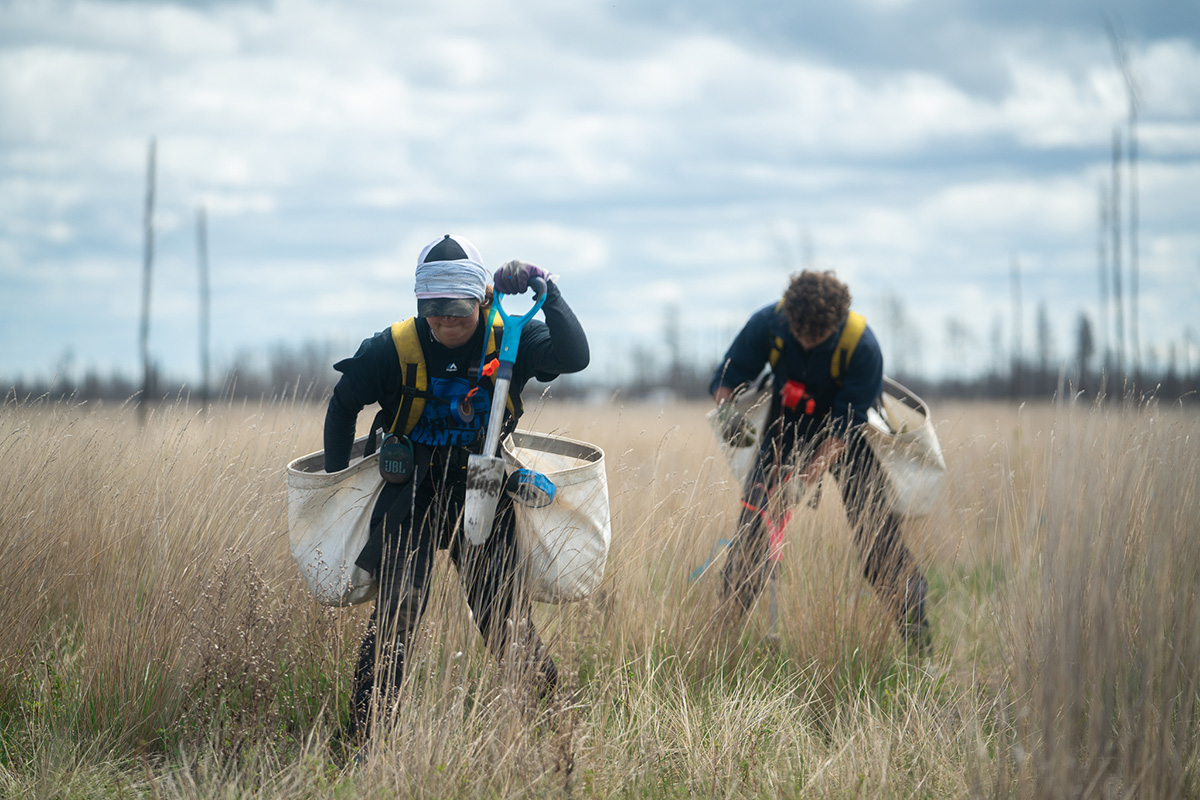
Looking Ahead
With the planting completed, the focus shifts to monitoring and ensuring the survival of the newly planted saplings. In collaboration with local experts, the Blue Green Planet Project team will carry out comprehensive assessments over the next three to five years to monitor progress and adjust strategies as necessary to ensure the project’s long-term success and sustainability.
Looking forward, the project aims to continue promoting self-sufficiency and sustainable forestry practices within Indigenous communities. The hope is that these initiatives will lead to the creation of Indigenous-owned forestry companies, advancing economic development and environmental conservation. The broader impact of these efforts is clear as similar reforestation projects emerge across Canada, each contributing to the restoration of natural landscapes and the fight against climate change.
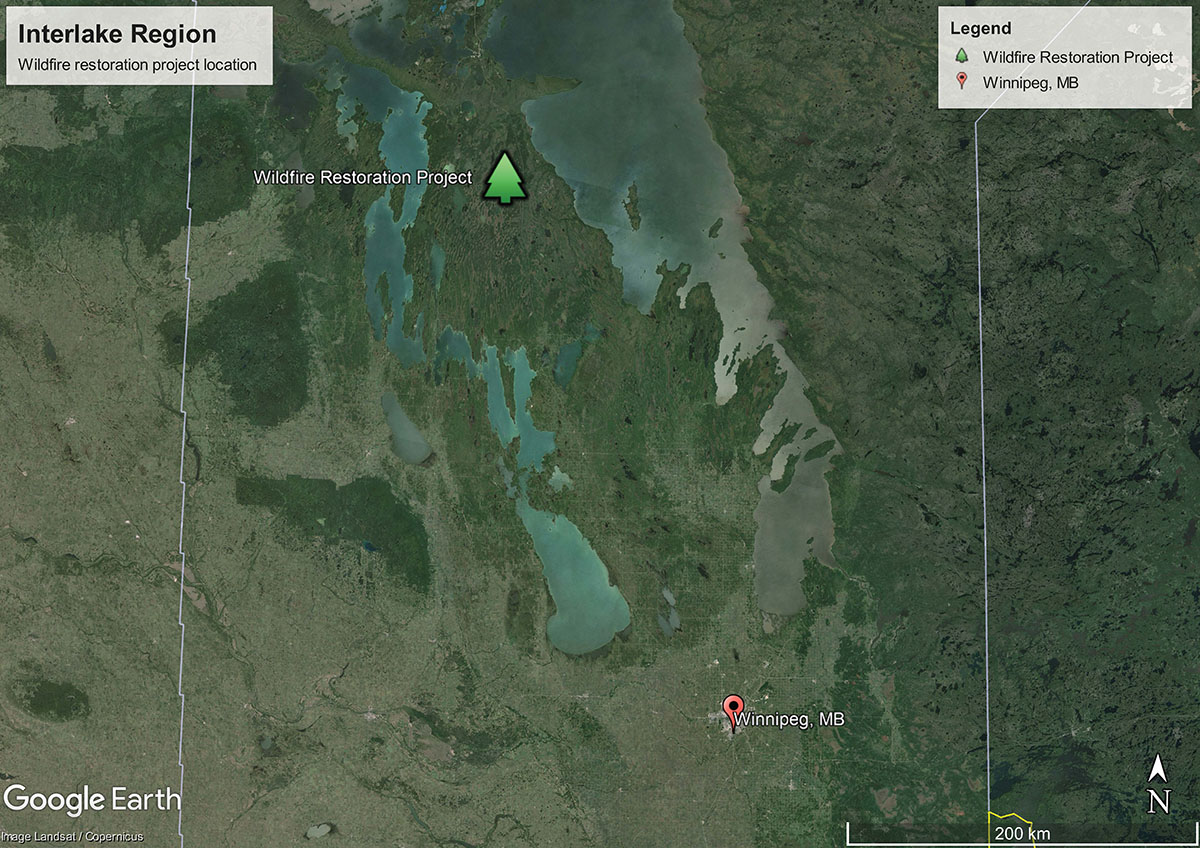
The planting project is located in the Interlake Region of Manitoba, on the territories of treaty 5.
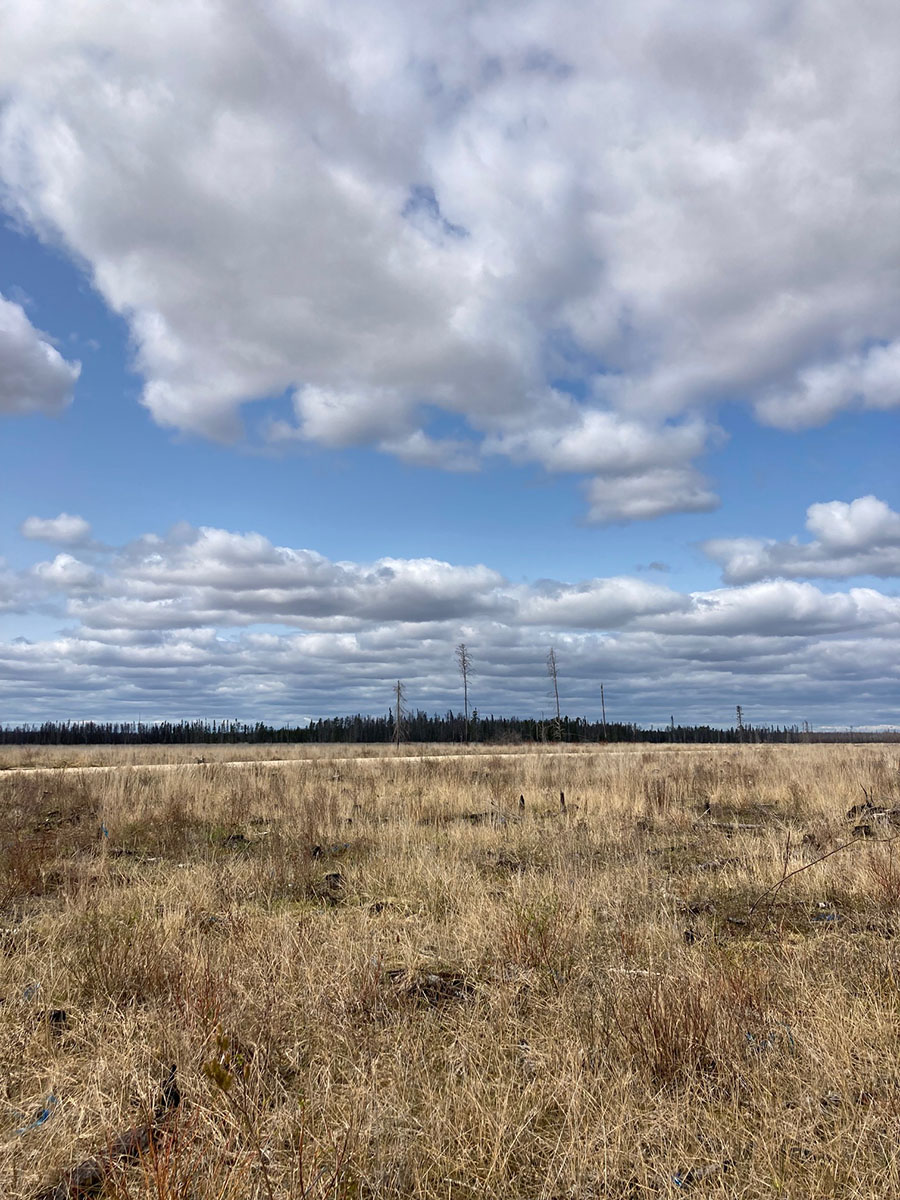
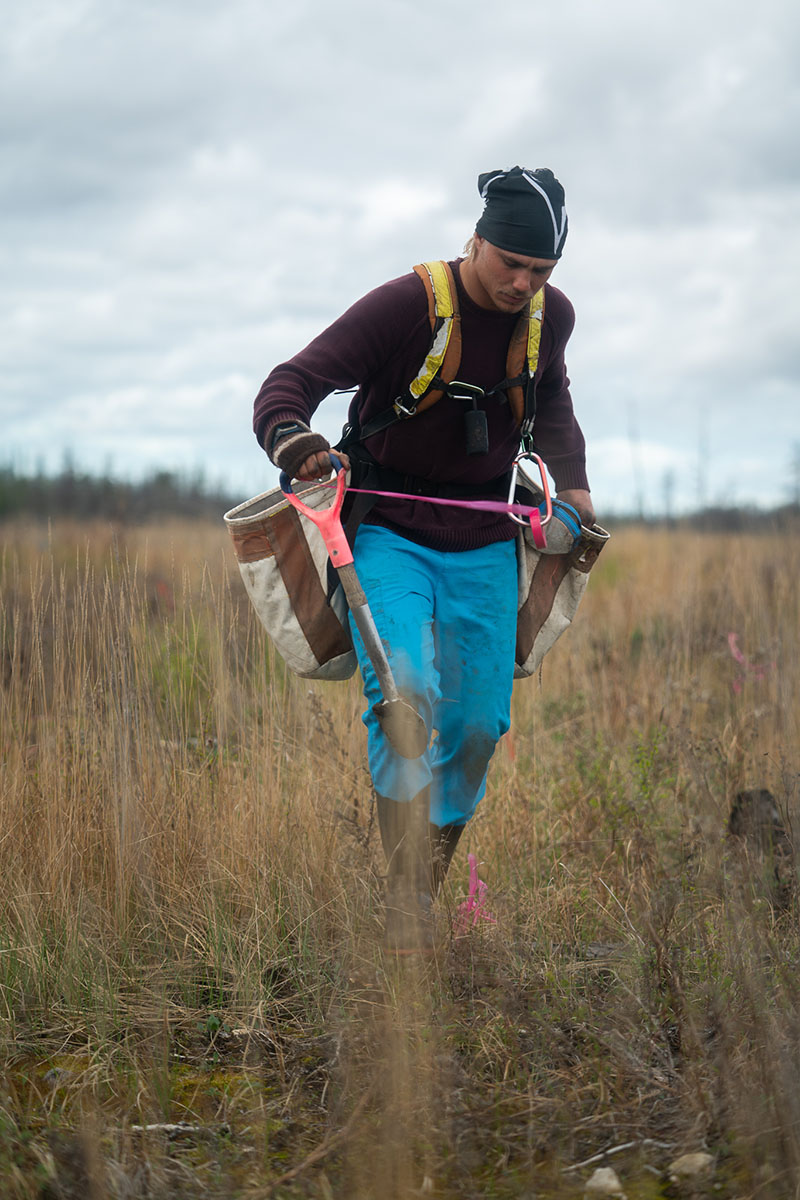
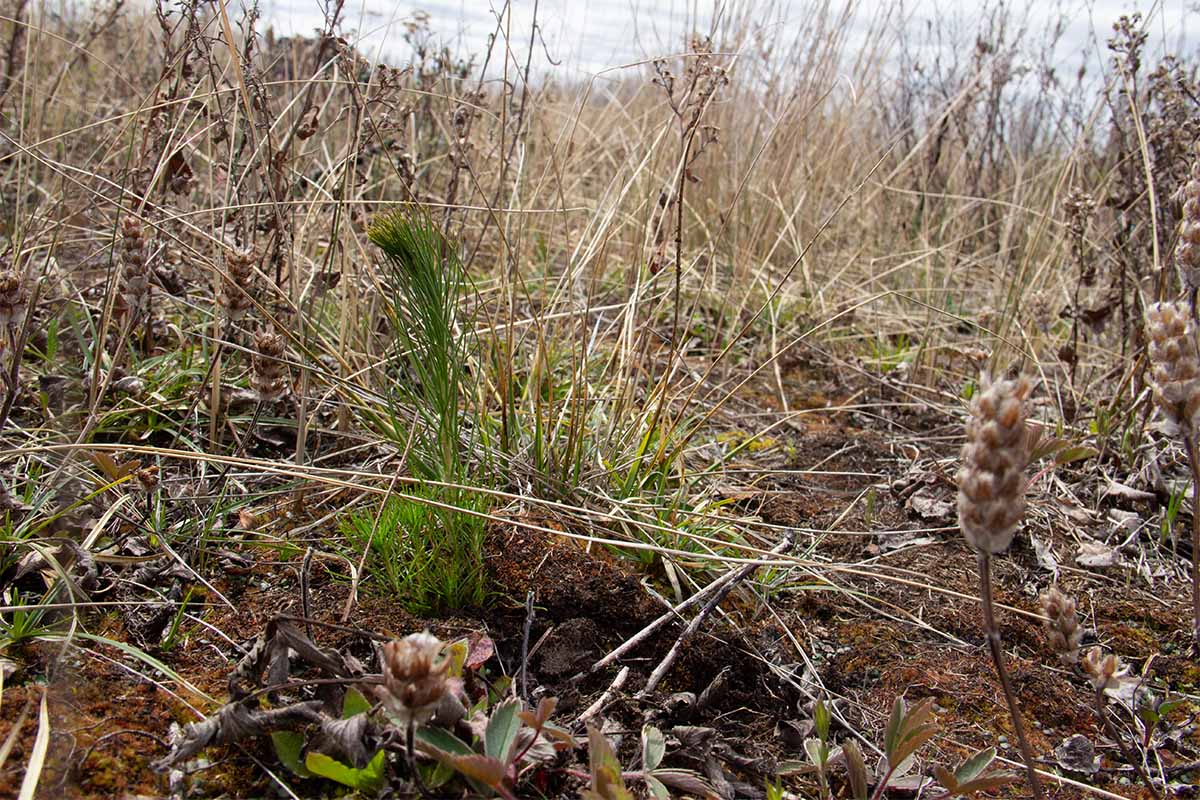
Back to all articles